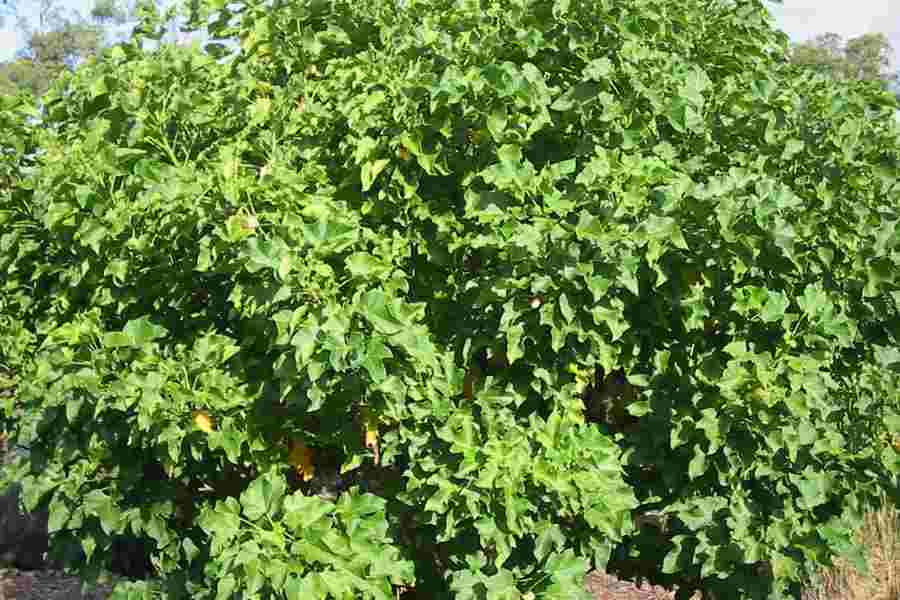Jatropha a Viable Alternative Renewable Energy
페이지 정보

본문
Constantly the biodiesel industry is searching for some alternative to produce renewable resource. Biodiesel prepared from canola, sunflower and jatropha can change or be integrated with conventional diesel. During very first half of 2000's jatropha biofuel made the headings as a popular and appealing option. It is prepared from jatropha curcas, a plant species belonging to Central America that can be grown on wasteland.
Jatropha Curcas is a non edible plant that grows in the dry regions. The plant grows really quickly and it can yield seeds for about 50 years. The oil received from its seeds can be utilized as a biofuel. This can be mixed with petroleum diesel. Previously it has been used two times with algae combination to fuel test flight of airlines.

Another favorable technique of jatorpha seeds is that they have 37% oil content and they can be burned as a fuel without fine-tuning them. It is likewise utilized for medical purpose. Supporters of jatropha biodiesel state that the flames of jatropha oil are smoke complimentary and they are successfully evaluated for easy diesel engines.
Jatropha biodiesel as Renewable Energy Investment has actually drawn in the interest of lots of companies, which have actually checked it for automobile use. Jatropha biodiesel has been roadway checked by Mercedes and three of the cars have actually covered 18,600 miles by utilizing the jatropha plant biodiesel.
Since it is since of some downsides, the jatropha biodiesel have not thought about as a fantastic renewable resource. The biggest issue is that nobody understands that exactly what the performance rate of the plant is. Secondly they don't know how big scale cultivation may impact the soil quality and the environment as a whole. The jatropha plant needs five times more water per energy than corn and sugarcane. This raises another problem. On the other hand it is to be kept in mind that jatropha can grow on tropical environments with yearly rains of about 1000 to 1500 mm. A thing to be noted is that jatropha requires proper watering in the first year of its plantation which lasts for decades.
Recent study says that it is real that jatropha can grow on degraded land with little water and bad nutrition. But there is no proof for the yield to be high. This might be proportional to the quality of the soil. In such a case it may need high quality of land and may require the very same quagmire that is dealt with by many biofuel types.
Jatropha has one primary downside. The seeds and leaves of jatropha are hazardous to human beings and animals. This made the Australian government to ban the plant in 2006. The federal government declared the plant as intrusive species, and too risky for western Australian agriculture and the here (DAFWQ 2006).
While jatropha has stimulating budding, there are variety of research study challenges stay. The significance of detoxification needs to be studied since of the toxicity of the plant. Along side a systematic study of the oil yield need to be undertaken, this is very essential due to the fact that of high yield of jatropha would most likely needed before jatropha can be contributed significantly to the world. Lastly it is also really crucial to study about the jatropha types that can endure in more temperature level environment, as jatropha is extremely much restricted in the tropical climates.
- 이전글메벤다졸, 헝가리산 베목스(VERMOX) 정보 - 러시아 직구 우라몰 Ula24.top 25.01.19
- 다음글How To Consistently Win At Roulette 25.01.19
댓글목록
등록된 댓글이 없습니다.
